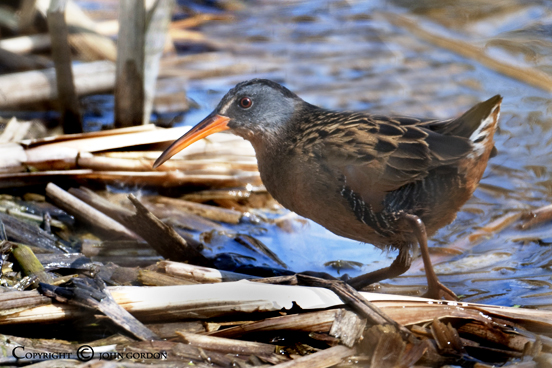It has been a year since my last visit to the Great Blue Heron Reserve in Chilliwack. Am I glad I brought sunscreen, after only 20 minutes I had already began to burn! Don't leave without it and a hat.
I can't say how many herons are nesting, perhaps 40-50 which is about the same amount of people who were arriving non-stop to view the wonder. The heron may not be the most graceful of birds but to see them bring nesting material back to the roost is truly amazing. Every five minutes, the male bird floats off the nest and returns a few moments with another stick. They seem to be collecting Cottonwood branches that have fallen to the ground during the winter, other birds came back with live willow branches. The slightly larger male gives the material to the female who stays on the ever expanding nest. There is much squaking and posturing that is quite laughable.
Great Blue Heron Reserve
 |
| A great blue heron swoops up to the nest. |
 |
| The male (left) offers the female a branch. |
I then decided to see if there were any warblers in the forest to the east of the gift shop. I had been on the trail less than a minute when out of the corner of my eye I thought I saw a movement, but it wasn't a bird but an American mink. I had seen them in the Khutzemateen but never in the Lower Mainland. Love them or hate them they are what they are.
 |
| American mink |
After a few quick shots, I came across 5 of 6 frogs or toads (I've yet to ID any of them) and finally three Eastern cottontails.
Quite an afternoon while waiting for my wife to return to Abbotsford Airport from her trip to Saskatchewan.
Other birds noted were Turkey vulture, Savannah sparrow, House finch and an American robin on a nest.
 |
| Eastern cottontail |
































